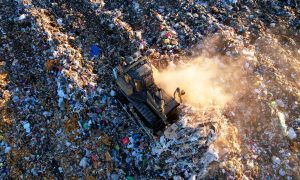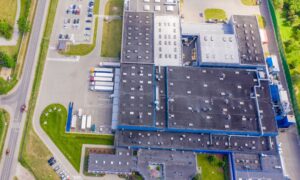Zero-waste is a growing movement that aims to reduce waste production, promote sustainable consumption, and preserve the environment. From small-scale initiatives to large-scale projects, there are several inspiring examples of zero-waste projects around the world. Here are 7 of the best zero-waste projects in the world:
Bornholm Island, Denmark
Bornholm is the easternmost island of Denmark located in the Baltic Sea with a permanent population of 40.000 citizens. Bornholm Island has set a goal to become a zero-waste island by 2032. The island has implemented several measures to achieve this, including a waste sorting system that eliminates landfill and incineration as waste management options. By 2032, all waste on this island will be treated as resources, and thanks to proper sorting, recycling, and new technologies, the island should succeed with the transition towards a garbage-free society. In addition, the island has launched an education campaign to raise awareness about zero-waste practices among residents and tourists, which annually visit the island in an amount higher than 600.000.
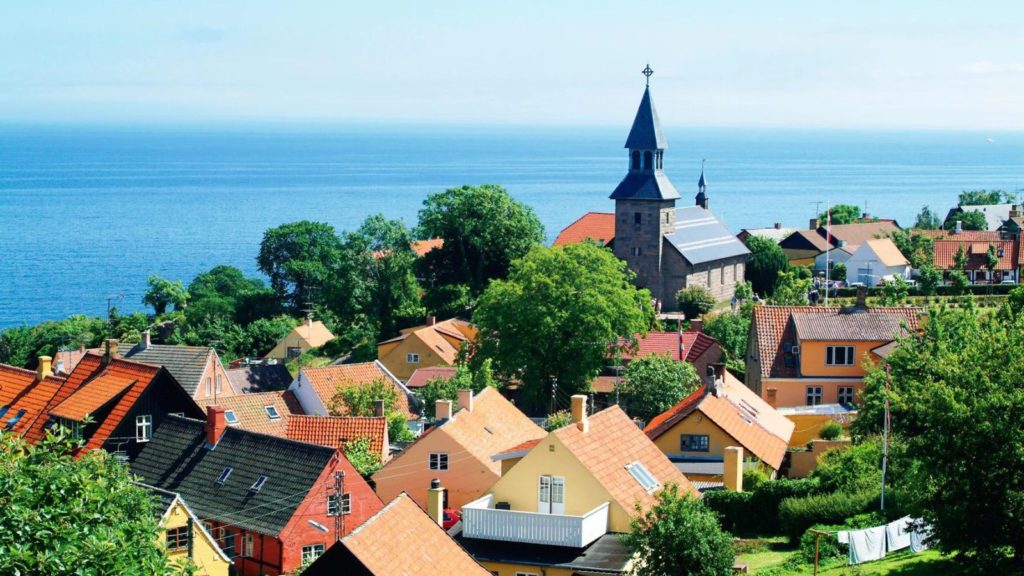
Zero-waste house, Melbourne, Australia
The Zero-waste house in Melbourne is an inspiring example of how sustainable living can be achieved. 87 square meters house built by zero-waste evangelist Joost Bakker is located in one of Melbourne’s most prominent addresses on Federation Square. The house was built using recycled materials, has a solar-powered system, and uses rainwater for irrigation. “Greenhouse” operates as a self-sustaining and productive system, with all waste generated on the site being repurposed to generate energy to power the home. In addition, the house has a composting system, an aquaponics system, a charcoal tank, a closed-loop shower, a water oxygenation system, and a vegetable garden to reduce waste and promote sustainable living. It can grow and cultivate fruits, vegetables, herbs, fish, or even mussels and snails. This zero-waste approach showcases the incredible potential that homes have not only to provide shelter but also to produce food and generate renewable energy.
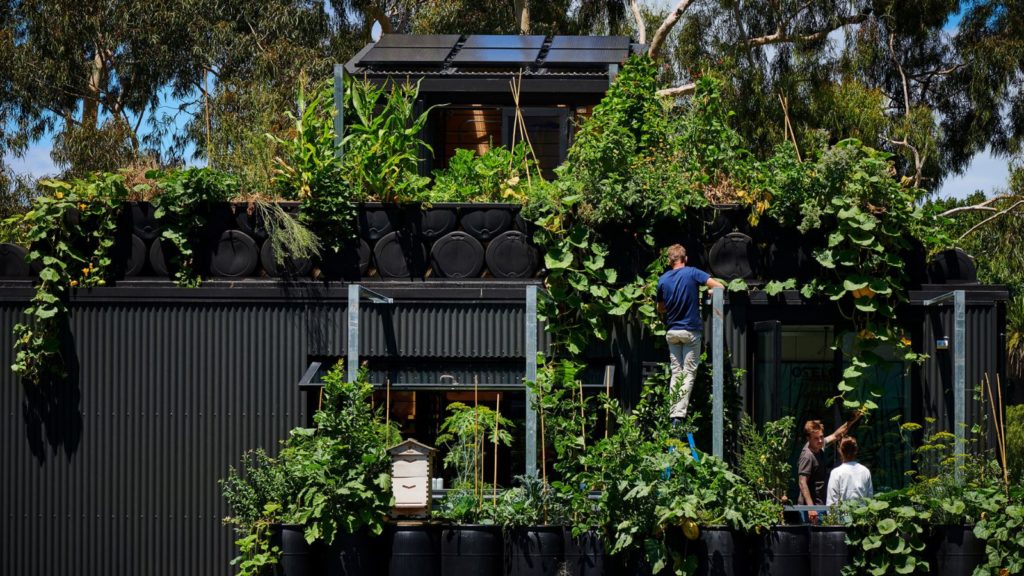
Kamikatsu, Japan
Nestled in the mountains of Japan’s Shikoku island is a small town of roughly 1,500 inhabitants that is taking impressive strides toward achieving a zero-waste lifestyle. Kamikatsu made history in 2003 as Japan’s first municipality to commit to zero waste, and since then, the town has revolutionized its waste disposal practices from open-air burning to a circular system of consumption and disposal, all with the aim of achieving carbon neutrality. As of now, the town has already made substantial progress, estimating that it has surpassed the 80 percent mark in its journey towards reaching its zero-waste target by 2030. The town has implemented a strict waste sorting system that requires residents to separate their waste into 45 different categories, even paper is sorted in nine various ways.
To encourage sustainable practices among its residents, the town has implemented an incentive program that rewards people with recycling points for their efforts in recycling. These points can then be redeemed for a range of eco-friendly products. The town even has its own zero-waste brewery, a thrift shop for citizens called Kuru Kuru (Round and Round), or a ride-share system, where even the mayor is signed up as a driver.
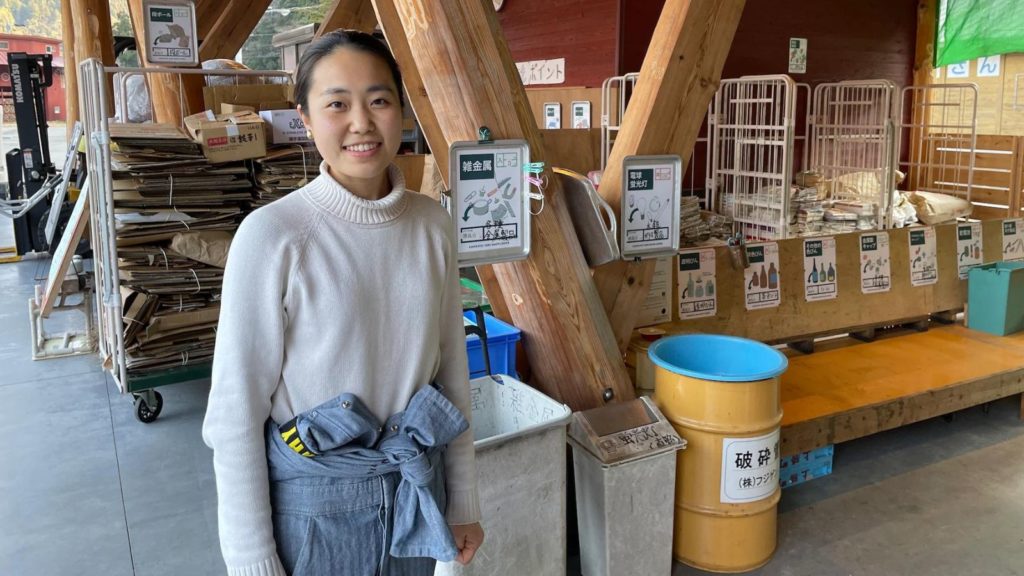
Zero-waste restaurant, Berlin, Germany
The Zero-waste restaurant in Berlin named FREA located is a great example of how the hospitality industry can promote sustainability. Not only is it widely regarded as one of the top vegan restaurants in the German capital, but it also sets an impressive standard for sustainability by generating absolutely zero waste. The restaurant implemented farm to fork concept while sourcing its ingredients from local producers and using organic products.
Any surplus food that cannot be repurposed is placed into the restaurant’s on-site composting machine, located in the restaurant. The resulting mixture is then transported to the very farmers who supply the restaurant with fresh products, effectively closing the loop in a truly circular economy, where waste becomes a valuable resource. This farm-to-fork-to-farm approach not only minimizes waste but also supports the local agricultural community.
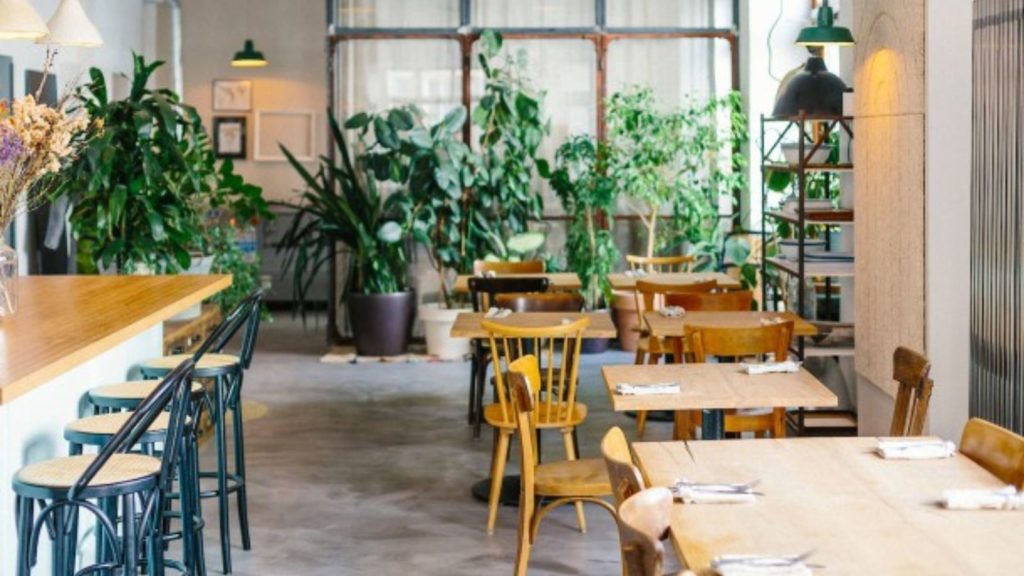
KOLO, Bratislava, Slovakia
One of the most innovative zero-waste initiatives in the world can be found in the Slovak capital city Bratislava. Launched in October 2022 in partnership with the city council, KOLO is a circular economy hub that serves as a tool for waste prevention, embracing the philosophy that “the best waste is the one that is not created.” The reuse center is located in a 1,200 m² space where usable objects are given a second chance to shine, where people can donate their surplus household items, which are then either repaired or given a new lease on life. KOLO also partners with non-profit organizations to assist socially disadvantaged groups of the population.
Additionally, KOLO also includes an educational and creative center called the HUB of circular thoughts and ideas, which aims to inspire people from Bratislava and its surrounding areas to adopt a more sustainable way of life. KOLO could be translated as “around” and in the same way is a play on words, because the name of the waste collection company operating in Bratislava is OLO. Thanks to the daily reuse marketplaces that were established prior to KOLO’s opening, this zero-waste initiative has already helped save over 54 tonnes of materials that might otherwise have gone to waste.
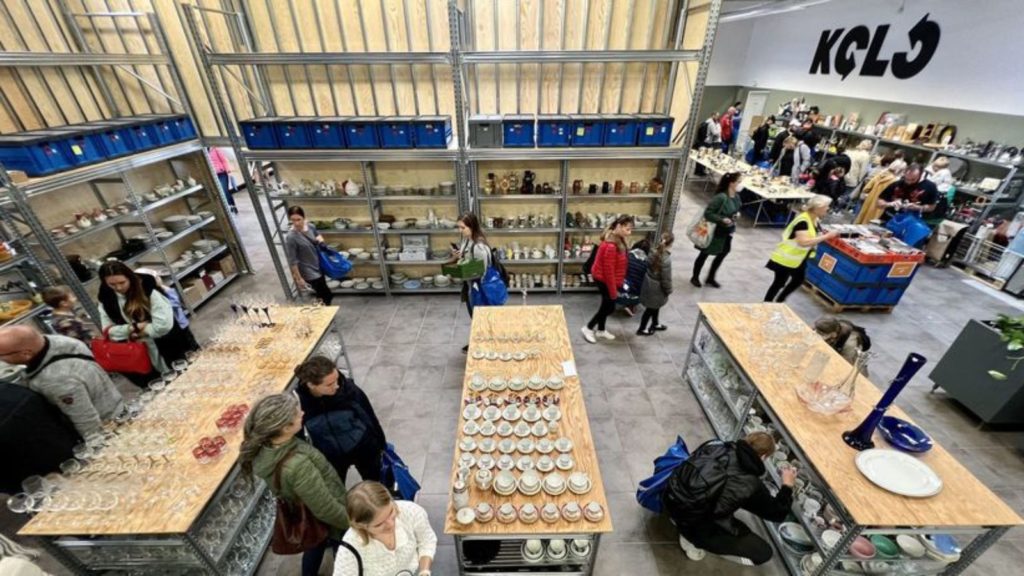
The Ocean Cleanup, Netherlands
Not a typical zero-waste projects that includes whole communities like Bornholm or Kamikatsu, but on the other hand, one of the most innovatives with possibly biggest global outcome is the Ocean Cleanup. It is a groundbreaking project in the Netherlands that aims to tackle the issue of plastic waste in our oceans. The project was founded by Boyan Slat in 2013, who was just 18 years old at the time. The idea behind Ocean Cleanup is to use a passive system to collect plastic from the ocean’s surface, using the natural oceanic currents to direct the plastic towards the system. Once the plastic has been collected, it is then transported back to shore where it can be recycled or disposed of in an environmentally friendly way. The system is powered by renewable energy, making it a truly sustainable solution to the problem of oceanic plastic waste.
The success of the Ocean Cleanup project has been truly remarkable. Since the first prototype was deployed in the North Sea in 2018, the system has been continuously improved and refined, resulting in a significant increase in the amount of plastic waste collected. In just one year, the system was able to remove over 60 tons of plastic from the ocean. The project has also garnered worldwide attention and has inspired others to take action against plastic waste in our oceans.
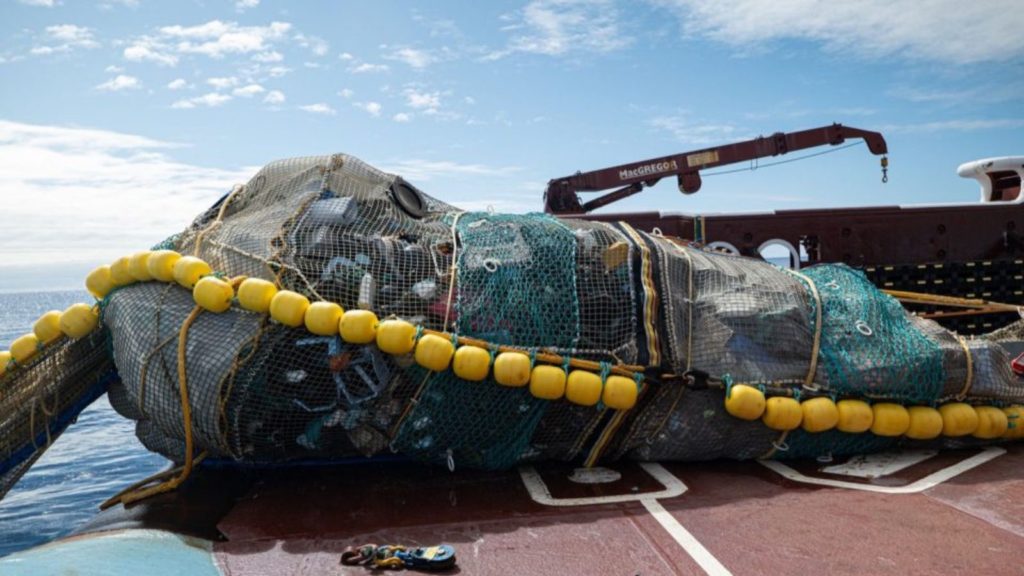
In conclusion, these 6 best zero-waste projects from around the world serve as inspiring examples of how individuals, organizations, and communities can promote sustainability and reduce waste. Surely not everyone can live in a zero-waste house like in Melbourne and not every community or town can be like Kamikatsu, but by implementing these initiatives at least partly and taking inspiration out of them, we can all contribute to creating a better future for our planet.


